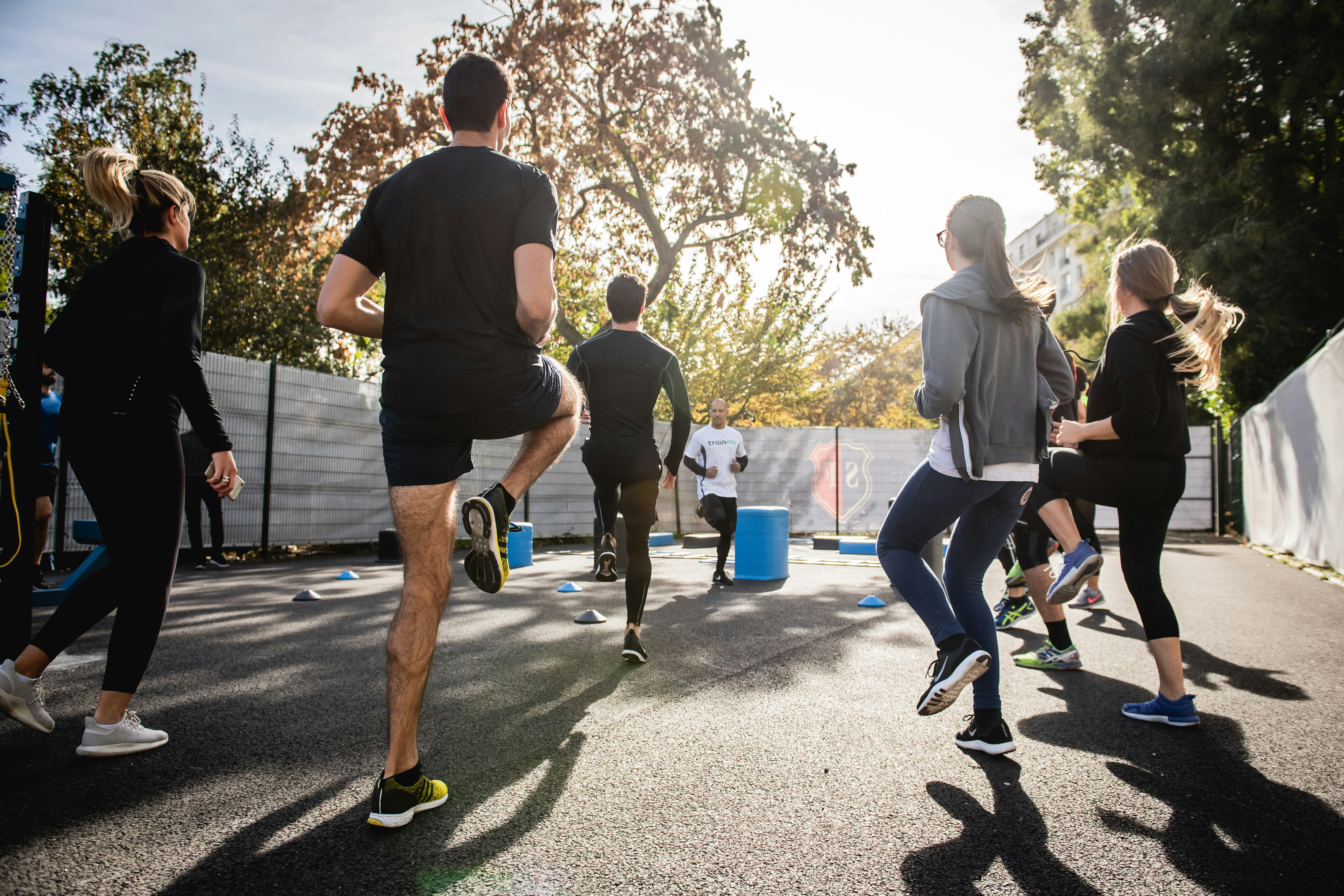This blog post explores the subject in detail, covering the science behind it, expert opinions, real-world applications, and practical tips. Stay tuned for the full version of this insightful article.
Introduction: Aging Is Inevitable — Decline Is Not
You don't stop moving because you grow old.
You grow old because you stop moving.
One of the most dangerous misconceptions about aging is that decline is natural and unavoidable. While time marches on, how you age—how your body, brain, and joints function—is highly influenced by one key factor:
🎯 Physical activity.
Whether you're a 30-something working professional or a 60-year-old retiree, the amount (and type) of movement you do every day directly impacts your mobility, memory, hormones, strength, mood, and lifespan.
In this blog, we break down exactly how physical inactivity accelerates aging — and what to do to prevent (and reverse) that decline.
Chapter 1: The Silent Consequences of Inactivity
Let's look at what actually happens when physical activity drops — even for a few weeks.
1. Loss of Muscle Mass (Sarcopenia)
After the age of 30, physically inactive people can lose 3-5% of muscle mass per decade.
- Weakens daily functionality (e.g., standing up, carrying groceries)
- Increases fall risk, especially in older adults
- Slows down metabolism
💡 The Corporate Connection
For desk workers, muscle loss begins as early as the late 20s. Extended sitting periods accelerate this process, leading to postural problems, back pain, and decreased work performance.
2. Cardiovascular Decline
Inactivity leads to:
- Reduced heart efficiency — Heart has to work harder for basic tasks
- Poor circulation — Affects brain function and energy levels
- Increased blood pressure — Higher risk of heart disease and stroke
- Elevated cholesterol — Metabolic dysfunction
3. Bone Density Loss
Without regular weight-bearing activity:
- Bones become brittle and fracture-prone
- Osteoporosis risk increases dramatically
- Recovery from injuries takes longer
- Independence in later years is compromised
4. Cognitive Decline
Physical inactivity directly impacts brain health:
Memory Issues
- • Reduced hippocampus size
- • Slower information processing
- • Difficulty with new learning
Mental Health
- • Increased depression risk
- • Higher anxiety levels
- • Reduced stress resilience
5. Metabolic Dysfunction
Sedentary behavior disrupts:
- Insulin sensitivity — Higher diabetes risk
- Hormone production — Affects mood, sleep, and energy
- Inflammation levels — Chronic inflammation accelerates aging
- Sleep quality — Poor recovery and restoration
The Workplace Aging Accelerator
Modern work environments create a perfect storm for accelerated aging:
🏢 The Corporate Aging Crisis
Daily Habits That Age You:
- • 8+ hours of sitting daily
- • Minimal walking between meetings
- • Stress-induced cortisol spikes
- • Poor posture and repetitive strain
- • Irregular meal timing
- • Limited natural light exposure
Long-term Consequences:
- • Premature muscle loss
- • Chronic back and neck pain
- • Metabolic syndrome
- • Increased sick days
- • Reduced cognitive performance
- • Earlier retirement due to health issues
The Science of Reversing Age-Related Decline
The good news? Research shows that many age-related changes can be slowed, stopped, or even reversed with the right approach.
Key Research Findings:
Your Anti-Aging Action Plan
Phase 1: Foundation Building (Weeks 1-4)
Daily Minimums:
- Movement breaks: 2 minutes every hour
- Walking: 7,000-10,000 steps daily
- Strength work: 2 sessions per week (20-30 minutes)
- Flexibility: 10 minutes daily stretching
Phase 2: Strength & Conditioning (Weeks 5-12)
Progressive Program:
- Resistance training: 3 sessions per week
- Cardiovascular work: 150 minutes moderate intensity weekly
- Balance training: 2 sessions per week
- Mobility work: Daily targeted stretching
Phase 3: Optimization & Maintenance (Ongoing)
Long-term Strategy:
- Periodized training: Vary intensity and focus
- Functional movements: Real-world application
- Recovery protocols: Sleep, nutrition, stress management
- Regular assessments: Track progress and adjust
Workplace Integration Strategies
For Individuals:
- Desk exercises: Perform every 30 minutes
- Walking meetings: When possible
- Stair climbing: Skip elevators
- Active commuting: Walk, bike, or get off transit early
- Lunch workouts: 20-30 minute sessions
For Organizations:
- Standing desks: Ergonomic workspace options
- Fitness facilities: On-site or subsidized memberships
- Movement breaks: Scheduled team activities
- Wellness challenges: Gamified fitness programs
- Health screenings: Regular assessments and coaching
🎯 The ROI of Anti-Aging Programs
Employee Benefits:
- • Increased energy and focus
- • Reduced sick days
- • Better stress management
- • Enhanced job satisfaction
Business Impact:
- • 25% reduction in healthcare costs
- • 40% decrease in absenteeism
- • 20% improvement in productivity
- • Enhanced company culture
Measuring Your Anti-Aging Progress
Track these key indicators to monitor your success:
| Metric | Baseline | 3 Months | 6 Months |
|---|---|---|---|
| Muscle Mass | DEXA scan | +2-5% | +5-10% |
| Cardiovascular Fitness | VO2 max test | +10-15% | +15-25% |
| Flexibility | Sit-and-reach | +20-30% | +30-50% |
| Balance | Single-leg stand | +50-100% | +100-200% |
Conclusion: Your Time Is Now
The relationship between physical activity and aging isn't just correlation—it's causation. Every day you remain inactive, your body ages faster than it needs to. But every day you choose to move, you're investing in a healthier, more vibrant future.
The best time to start was 20 years ago. The second-best time is today.
Whether you're 25 or 65, whether you're starting from complete inactivity or looking to optimize an existing routine, the principles remain the same: consistent, progressive, intelligent movement is your most powerful anti-aging tool.
💪 Take Action Today
- Assess your current activity level honestly
- Choose one small change to implement this week
- Schedule your movement like any other important appointment
- Find accountability through friends, family, or professionals
- Track your progress and celebrate small wins
Remember: aging is inevitable, but how you age is largely up to you. Make the choice to age actively, not passively.
